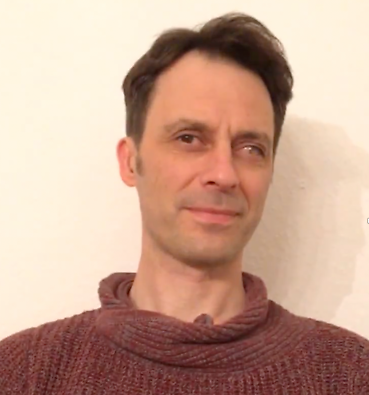Seminar "The link between flow instabilities and microstructure for filamentous particles of variable stiffness" Pavlik Lettinga

Date
Location
Description
Micro/Bio/Nanofluidics (Shen) Unit would like to invite you to the seminar by Prof. Pavlik Lettinga on November 1 (Friday).
----------------------------------------------------------------------
Date: Friday, November 1, 2019
Time: 11:00-12:00
Venue: D015 (Level D, Lab 1)
----------------------------------------------------------------------
Speaker:
Prof. Pavlik Lettinga
Forschungszentrum Juelich GmbH
Title:
The link between flow instabilities and microstructure for filamentous particles of variable stiffness
Abstract:
mechanical response to shear flow. Knowledge of the microscopic structure in flow is crucial to understand, predict, and tune flow behaviour and therefore the macroscopic rheological response of complex fluids. A simple example of such fluids are dispersions of stiff particles, as alignment of the particles will cause a huge drop in the viscosity of the fluid. This ‘shear thinning’ can cause flow to be unstable, causing gradient shear banding. It is yet unclear, however, how this highly non-linear behaviour is linked to microscopic features such as the stiffness and dimensions of the particles.
In this talk I will first show how we gained full understanding of the shear thinning process of rods by performing in situ rheology and Small-angle neutron scattering experiments1 on a library of monodisperse viruses with varying length2. The shear and length dependent orientational order could be linked to the rheological response, by extending the Doi, Edwards, Kuzuu theory. I will also show, however, that even a length of 2 μm for the longest viruses is not sufficiently shear thinning to yield the system unstable3. On the other hand, we could tune dispersions of Xanthan4 and pnipam-grafted DNA dispersions such that shear bands do form, using the ionic strength and temperature, respectively. Finally, in situ microscopy experiments on F-actin5 will be discussed to show how systems where the persistence length is smaller than the contour length relax in shear flow.
1. Lonetti B, Kohlbrecher J, Willner L, Dhont JKG, & Lettinga MP (2008) Dynamic response of block copolymer wormlike micelles to shear flow. J. Phys.: Condens. Matter 20:404207.
2. Lang C, et al. (2019) Shear Viscosity and Microstructure of Semi-flexible Rod-like Colloids: The effect of rod-size and flexibility in the semi-dilute regime. under review.
3. Lang C, Porcar L, Kriegs H, & Lettinga MP (2019) A quest for shear banding in ideal and non ideal colloidal rods. J Phys D Appl Phys 52(7).
4. Tang H, Kochetkova T, Kriegs H, Dhont JKG, & Lettinga MP (2018) Shear-banding in entangled xanthan solutions: tunable transition from sharp to broad shear-band interfaces. Soft Matter 14(5):826-836.
5. Kirchenbuechler I, Guu D, Kurniawan NA, Koenderink GH, & Lettinga MP (2014) Direct visualization of flow-induced conformational transitions of single actin filaments in entangled solutions. Nat Commun 5:5060.
Host:
Prof. Amy Shen
Subscribe to the OIST Calendar: Right-click to download, then open in your calendar application.



